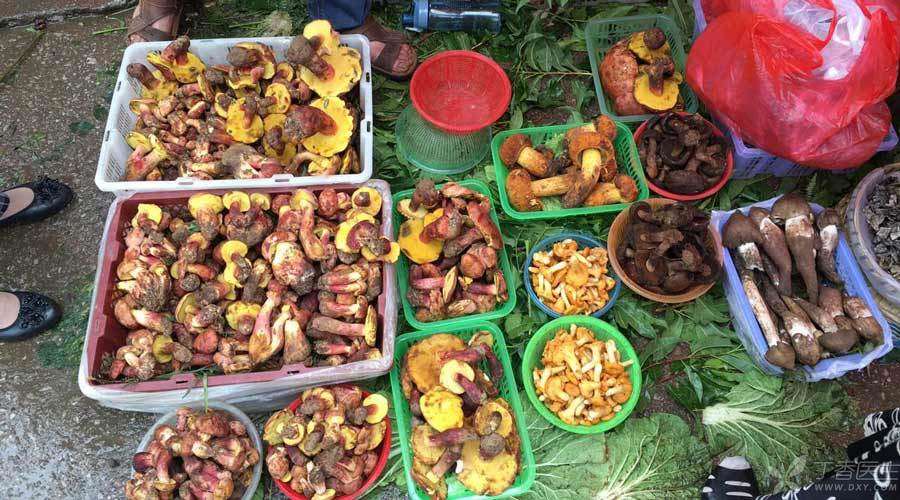
Every June and July, Yunnan people come to the time of life and death. Because… it’s time to eat wild fungi again!
If you don’t eat bacteria in June and July, you will spend the whole year in vain! Poisoning by eating bacteria may not be what News in Yunnan.
There is a high chance of meeting toxic Boletus.
Boletus, a big mushroom that looks like an enlarged version of Lentinus edodes, has a thick stipe, so it has the common name of “Bigfoot Mushroom”. Boletus covers are thick and juicy, plus the unique aroma similar to nuts or turpentine, plus garlic cloves and green peppers fried quickly with strong fire, which is really a good thing that gourmets covet.
However, we have a great chance of meeting toxic Boletus! You know, there are as many as 33 species of toxic Boletus.
In 2011, Li Shuhong, a researcher at Kunming Institute of Botany, Chinese Academy of Sciences, collected 310 commercial Boletus in Yunnan, of which 5 were toxic Boletus, including Boletus viridis, Boletus rotundus, Boletus yellow powder, Boletus purpura and Boletus microsporopoletus.
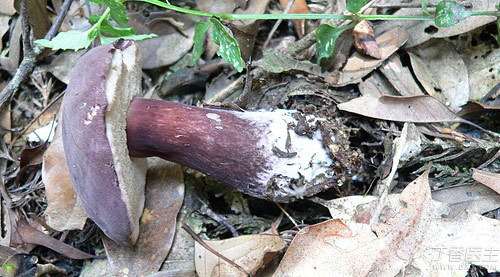
The toxicity of these Boletus can be divided into gastrointestinal toxicity and neurotoxicity.
Nausea, vomiting and diarrhea: gastrointestinal toxicity
For example, Boletus glutinosa and Boletus yellow powder can cause strong intestinal reactions, while Boletus fine mesh handle can even cause hemolysis and liver injury. Gastrointestinal toxicity of Boletus, not only can cause nausea, vomiting, and even lead to gastric hemorrhage. If not treated in time, there will be worries about life.
Lilliput hallucination: neurotoxicity
Boletus can make people’s intestines and stomachs turn over rivers and seas, but there are still people who eat poisonous mushrooms.
At the beginning of July 2014, there was a news report. A mother living in Kunming met her deceased daughter after accidentally eating unripe [see hand green]. The extreme missing made her continue to take this extreme approach many times. However, there is no doubt that this illusion is not so beautiful and will bring worries about her life.
In the news, the name of the mushroom is “Boletus xiaomei”. As long as you touch the orange-yellow thallus with your hand, there will be turquoise marks. When we cut the mushroom into thin slices, the discoloration process is more obvious. The name of the mushroom is the same.
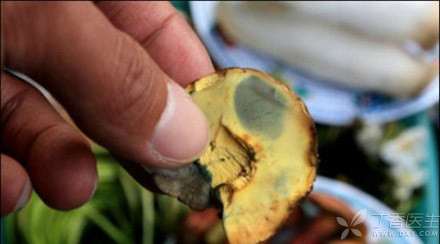
A friend described to me the “Lilliputian illusion” caused by seeing the hand youth:
There are busy little people everywhere in front of us. There are countless little people on the table, on the wall and even on the big tree. It is just like the Lilliput described in fairy tales.
Current analysis shows that the toxins contained in Boletus xiaomei are similar to ethylenediamine ergot (LSD), which is recognized as a hallucinogenic drug. This drug has always been strictly controlled contraband, and large quantities of it will lead to schizophrenia and suicide of users.
If you have discomfort symptoms, you must treat them in time.
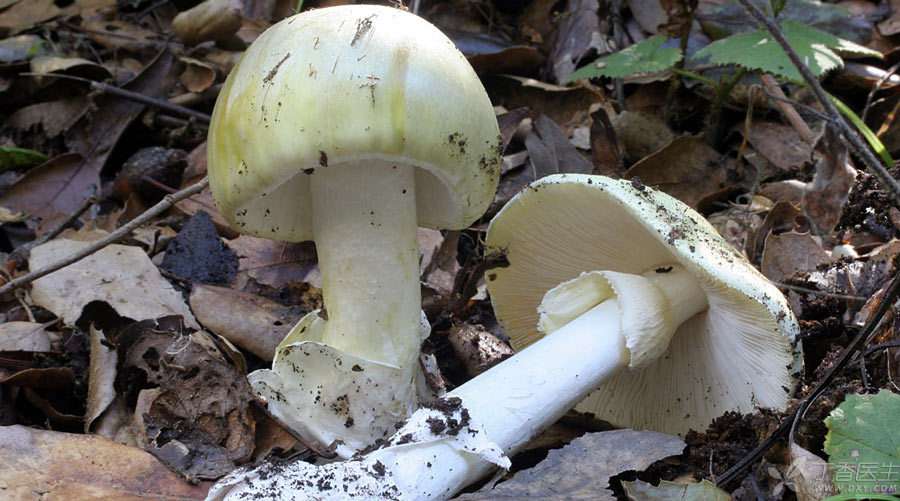
The danger of mushrooms does not stop there. Many poisonous mushrooms also have a vicious method to confuse people-fake recovery period. Among them, the most typical is [fatal Amanita].
Soon after eating this mushroom, the eater will have severe reactions such as nausea and vomiting, and then the symptoms will gradually ease. It looks as if it is okay, but it is actually fake! At this time, the transaminase in the eater’s body has risen sharply and the liver has been damaged. After 48 hours, the discomfort symptoms reappear. At this time, even Hua Tuo is alive.
If you have discomfort symptoms from eating wild mushrooms, you must take samples at the first time and go to the hospital for professional help.
Don’t miss the golden period of treatment because of a fluke. At present, as long as timely treatment is received, almost all patients with boletus poisoning can get out of danger, which is also a blessing in misfortune.
The local method of judging poisonous mushrooms is unreliable.
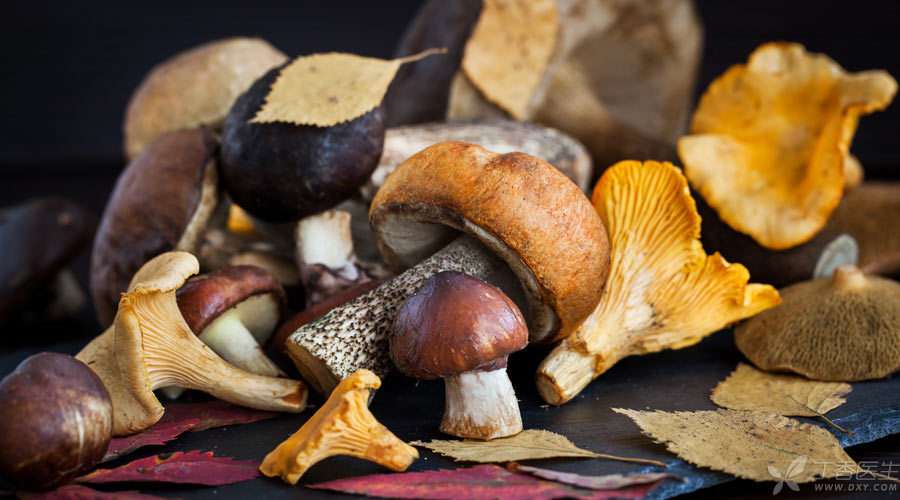
Is it good not to eat wild ones but artificial ones? It’s not that simple. Because Boletus has a very special and complicated growth relationship, so far, no safe boletus mycelium or flaky sclerotium has been planted in the laboratory.
Wild Boletus is still the only source of commercial Boletus.
I remember one year, coinciding with the fungus season, my aunt and grandmother did not prepare Boletus for us. It is said that it is because of frequent fungus poisoning incidents. Only under our strong request did we stir-fry a small plate, and then when eating fungus, we have been paying attention to our adverse reactions. Fortunately, there was nothing to do with a meal, and my aunt and grandmother frowned slightly before stretching out.
Although Boletus can cause poisoning when it is not processed properly, it is relatively safe to eat under the premise of effective processing.
1. Does it change color? Sticky pot? Not reliable.
My aunt and grandmother will use garlic not to change color and the fungus not to stick to the pan to judge whether the fungus is poisonous, but these two are just ways to seek comfort in my heart.
2. Stir-fry with plenty of oil? Not reliable.
See hand green can’t stir-fry with onion, need to use a lot of oil, these stir-fry mushroom secret, also have no what substantive significance.
3. Slice? Stir-fried? It makes sense.
However, it is still reasonable to cut the hand green into thin slices: because the toxin will degrade at high temperature, you must eat cooked Boletus. And cutting into thin slices is conducive to uniform heating, degradation of toxins and reduction of the risk of poisoning.
4. Is it better not to eat? It’s reliable.
The only reliable way to avoid poisoning is to avoid eating poisonous bacteria. For those unfamiliar mushrooms and mushrooms from unknown sources, it is better not to eat them.
